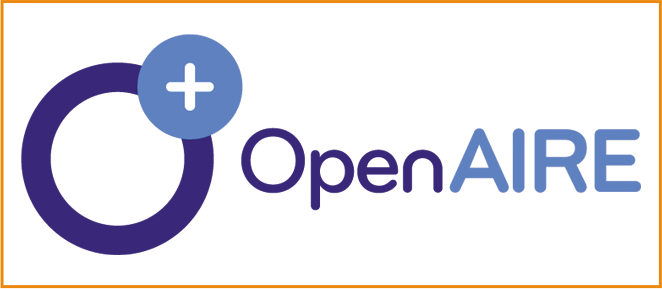Perhitungan Estimasi Upaya Pengembangan Software Pulsa Online dengan Fuzzy C-Means dan Fuzzy K-Means
Abstract
Keywords
Full Text:
PDFReferences
Agusta, Y. 2007. K-Means - Penerapan, Permasalahan dan Metode Terkait. Jurnal Sistem dan Informatika Vol. 3 (Februari 2007): 47-60.
Prabantini, D., Sistem Pendukung dan Sistem Cerdas. Yogyakarta, 2005
Irwansyah, E., Faisal, M., (2015). Advanced Clustering Teori dan Praktek. Deepublish. Yogyakarta
Yuliani, N., Analisis Keakuratan Kode Diagnosis Penyakit Commotion Cerebri Pasien Rawat Inap Berdasarkan ICD-10 Rekam Medis Rumah Sakit Islam Klaten," INFOKES, vol. 1, Februari 2010.
Santoso, B. 2007. Data Mining: Teknik Pemanfaatan Data Untuk Keperluan Bisnis. Yogyakarta: Graha Ilmu
Sugiyono, Metode Penelitian Kuantitatif, Kualitatif dan R&D, Bandung: ALFABETA, 2008, cet. IV, hlm. 244.
Halim, Y. A., (2012, Desember) Zero - Center. [Online].http://zero/fisip.web.unair.ac.id/artikel_detail.69819- Sistem%20Data%20%28Database%29- Hierarchical%20Clustering.html.
Ingunn, B., Mevik Bjrnhelge, Ns Tormod. New Modifications and Applications of Fuzzy C-means Methodology, Computational Statistics, and Data Analysis, (52) 5, 2008, pp. 2403-241.
Prasetyo, E. 2013. Data Mining: Konsep dan Aplikasi Menggunakan Matlab. Jakarta: Andi Publisher.
Kusumadewi, S., dan Purnomo, H. 2004. Aplikasi Logika Fuzzy untuk Pendukung Keputusan. Yogyakarta: Graha Ilmu.
Kusumadewi S, 2002, Analisis Desai Sistem Fuzzy menggunakan Toolbox Matlab, Yogyakarta, Graha Ilmu.
Erlangga, E., & Dharmawan, Y. Y. (2018). Penentuan Penerima Kinerja Dosen Award melalui Metode Tsukamoto dengan Konsep Logika Fuzzy. Explore: Jurnal Sistem Informasi dan Telematika (Telekomunikasi, Multimedia dan Informatika), 9(2).
Sari, H. L., & Suranti, D. (2016, August). Perbandingan Algoritma Fuzzy C-Means (FCM) Dan Algoritma Mixture Dalam Penclusteran Data Curah Hujan Kota Bengkulu. In Seminar Nasional Aplikasi Teknologi Informasi (SNATI).
DOI: http://dx.doi.org/10.36448/expert.v12i1.2471
Refbacks
- There are currently no refbacks.
EXPERT: Jurnal Manajemen Sistem Informasi dan Teknologi
Published by Pusat Studi Teknologi Informasi, Fakultas Ilmu Komputer, Universitas Bandar Lampung
Gedung M Lt.2 Pascasarjana Universitas Bandar Lampung
Jln Zainal Abidin Pagaralam No.89 Gedong Meneng, Rajabasa, Bandar Lampung,
LAMPUNG, INDONESIA
Indexed by:













This work is licensed under a Creative Commons Attribution 4.0 International License.







